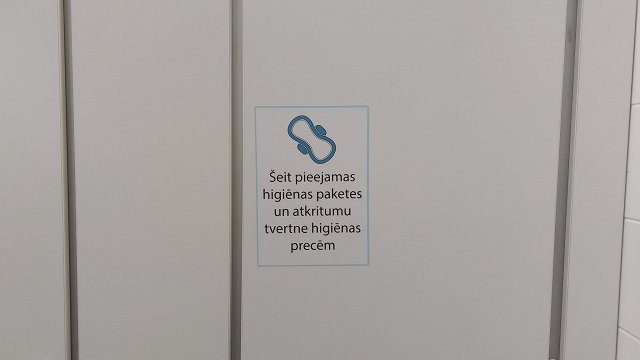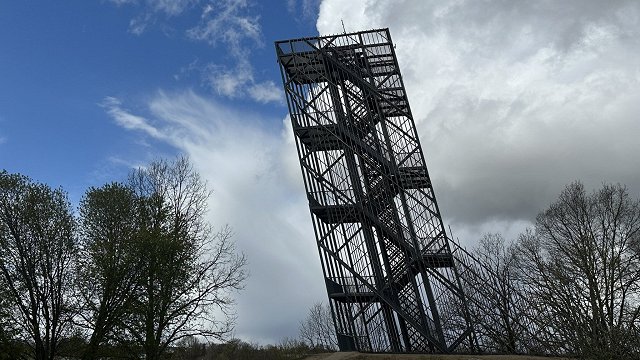The study of wastewater is being carried out for the third year by the Institute of Food Safety, Animal Health and Environment, BIOR.
Everything we eat and drink is metabolized and transformed into chemical compounds that go into the toilet and sewer. Analyzing the composition of wastewater and looking for specific substances can accurately spot the population's habits – how much we smoke, what meds we take, how often we drink or use drugs.
"How do you understand how many people in the city use drugs? You can't go out on the street and give a poll and say, hey, do you take drugs or not? Anonymous effective means are needed to understand what consumption is like. It's well done by testing sewage," said Ingus Pērkons, a researcher at BIOR.
"Or alcohol... In polls, usually, people try to look better than they are. How many drinks do you have a week? Maybe five, but I'll record three. The sewage will not lie," Pērkons said.
During the Covid-19 pandemic, an innovative method was developed that allows detecting the presence of the virus before it spreads into the population. It is now used to spot many other markers.
Sewage samples are collected in 16 municipalities. BIOR said that it was too early to talk about specific conclusions as the study continues.
It has already been established that more alcohol is consumed in the winter. Also, when the Covid restrictions were relaxed, party drug consumption rose.
Caffeine in sewage samples tells researchers how much we drink coffee and how its weekly or seasonal consumption changes.
"There are two months that jump out in a year. It's January and June. How come? Think a little bit about students. There's the exam session at the time. And looking at these months, we're seeing extremely big changes. Early January, early June, middle of the month, extremely high levels. And as soon as the session ends, it immediately drops to normal levels," Pērkons said.
Wastewater monitoring began three years ago. It takes at least 5-6 years to get high-quality comparative data to characterize the entire society of Latvia, said BIOR.



























